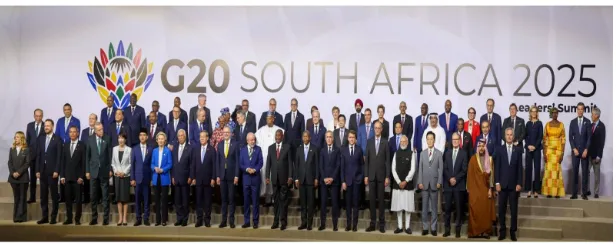

New Delhi, June 7: India has made significant strides in tackling extreme poverty, lifting 269 million people out of it between 2011–12 and 2022–23, according to the latest data from the World Bank. The extreme poverty rate fell dramatically from 27.1% in 2011–12 to just 5.3% in 2022–23.
In absolute terms, the number of people living in extreme poverty dropped from approximately 344.47 million in 2011–12 to 75.24 million in 2022–23. The bulk of this progress came from five states—Uttar Pradesh, Maharashtra, Bihar, West Bengal, and Madhya Pradesh—which together accounted for 65% of the country’s extremely poor population in 2011–12. These states were responsible for nearly two-thirds of the national poverty reduction over the past decade.
Using the older $2.15 per day poverty line (based on 2017 prices), the poverty rate declined from 16.2% in 2011 to just 2.3% in 2022. This translates to a reduction in the number of extremely poor people from 205.93 million to 33.66 million. The World Bank currently defines extreme poverty as living on less than $3.00 per day, adjusted to 2021 prices.
The decline in poverty has been broad-based, affecting both rural and urban populations. Rural poverty fell from 18.4% to 2.8%, while urban poverty declined from 10.7% to 1.1% during the same period.
India has also made progress in reducing multidimensional poverty, which includes indicators beyond income such as health, education, and living standards. The Multidimensional Poverty Index (MPI) fell from 53.8% in 2005–06 to 16.4% in 2019–21, and further declined to 15.5% in 2022–23.